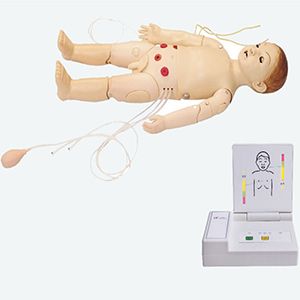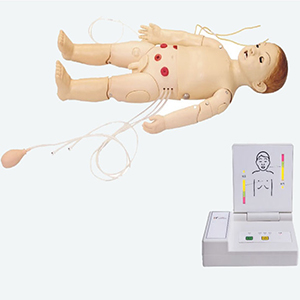ADA MED SUPPLY LIMITED
Phone:+86 19937901373
Tel:+86-0379-65160607
Email:adaanatomy@adaanatomy.com


In the field of medical emergency, children as a special group, their first aid treatment is significantly different from that of adults. Therefore, health care workers need to have child-specific first aid skills to respond quickly and accurately in emergency situations. As an advanced training tool, children's comprehensive first Aid training simulator aims to help medical personnel improve their first aid skills by simulating real situations.
First, it can accurately simulate the physiological characteristics of children. From body shape and weight to skin touch, and even the vital signs such as breathing and heartbeat of children, the simulated human is highly restored. This allows medical staff to feel a similar experience to the real operation when training, and thus a deeper understanding of the special nature of children's first aid.

Secondly, simulators provide simulation of a variety of first aid scenarios. Whether it's choking, drowning, electrocution or an emergency such as a traffic accident, simulators can be simulated through preset procedures. Medical staff can practice continuously in these simulated scenarios to familiarize themselves with and master various first-aid skills, such as cardiopulmonary resuscitation, airway management, hemostasis and bandaging.
In practical application, remarkable results have been achieved. Many hospitals and medical colleges have adopted such simulators for the training and assessment of medical staff. Through repeated practice and practice, the first aid skills of medical staff have been significantly improved, and they are more calm in the face of real children's first aid situations, and can quickly make the right judgment and treatment.
To sum up, children's comprehensive first aid training simulator can really improve the first aid skills of medical staff. It can not only simulate the real scene, help the medical staff to familiarize and master a variety of first aid skills, but also help the medical staff to find out the problems in the operation and improve through the real-time feedback function. Therefore, we should make full use of this advanced training tool to continuously improve the first-aid ability of medical staff and escort the health and safety of children.